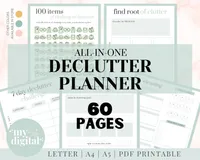7 decluttering strategies minimalists swear by – and how to replicate them at home
Minimalists rely on some pretty extreme methods for decluttering – and they could be perfect if you’re feeling overwhelmed by clutter at home

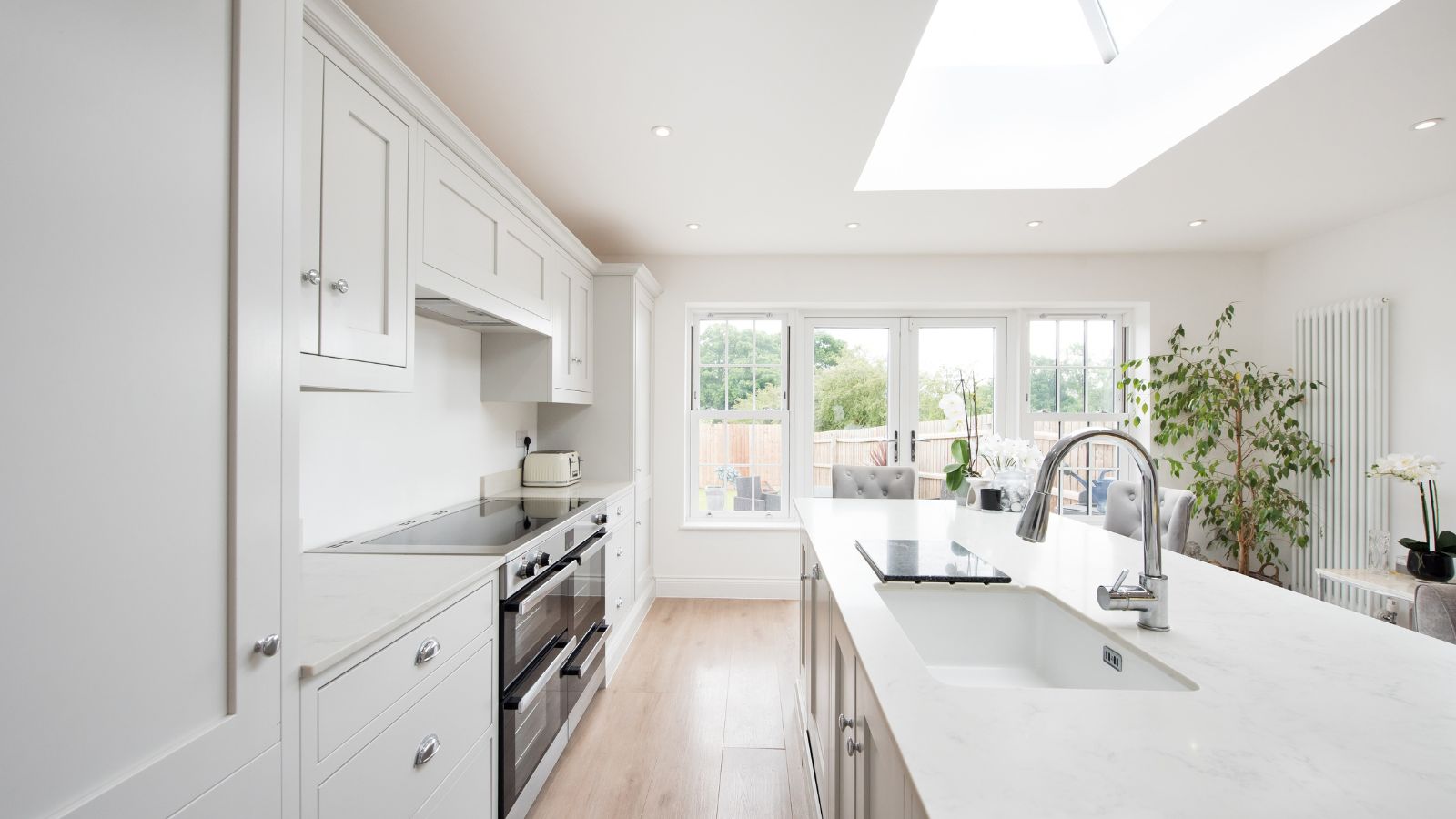
Minimalism is one of the many home styles that are on a spectrum – from Scandi designs where comfort is paramount, to stark, textbook minimalism, where the home only functions with the bare essentials. The intersection of both, however, is a lack of clutter.
But how do minimalists declutter so much so ruthlessly? It turns out there are some intense but well-thought-out decluttering tips they swear by to limit their belongings without sacrificing practicality.
These are the seven decluttering strategies minimalists and home organizers swear by when cutting back belongings to the bare minimum.
Decluttering strategies minimalists swear by
If committing to a truly minimal lifestyle sounds appealing but terrifying, you can always start out with something like the 30-day minimalism game to help you ease into cutting out a serious amount of items.
Otherwise, these decluttering strategies may be for you:
1. Shopping from your stock
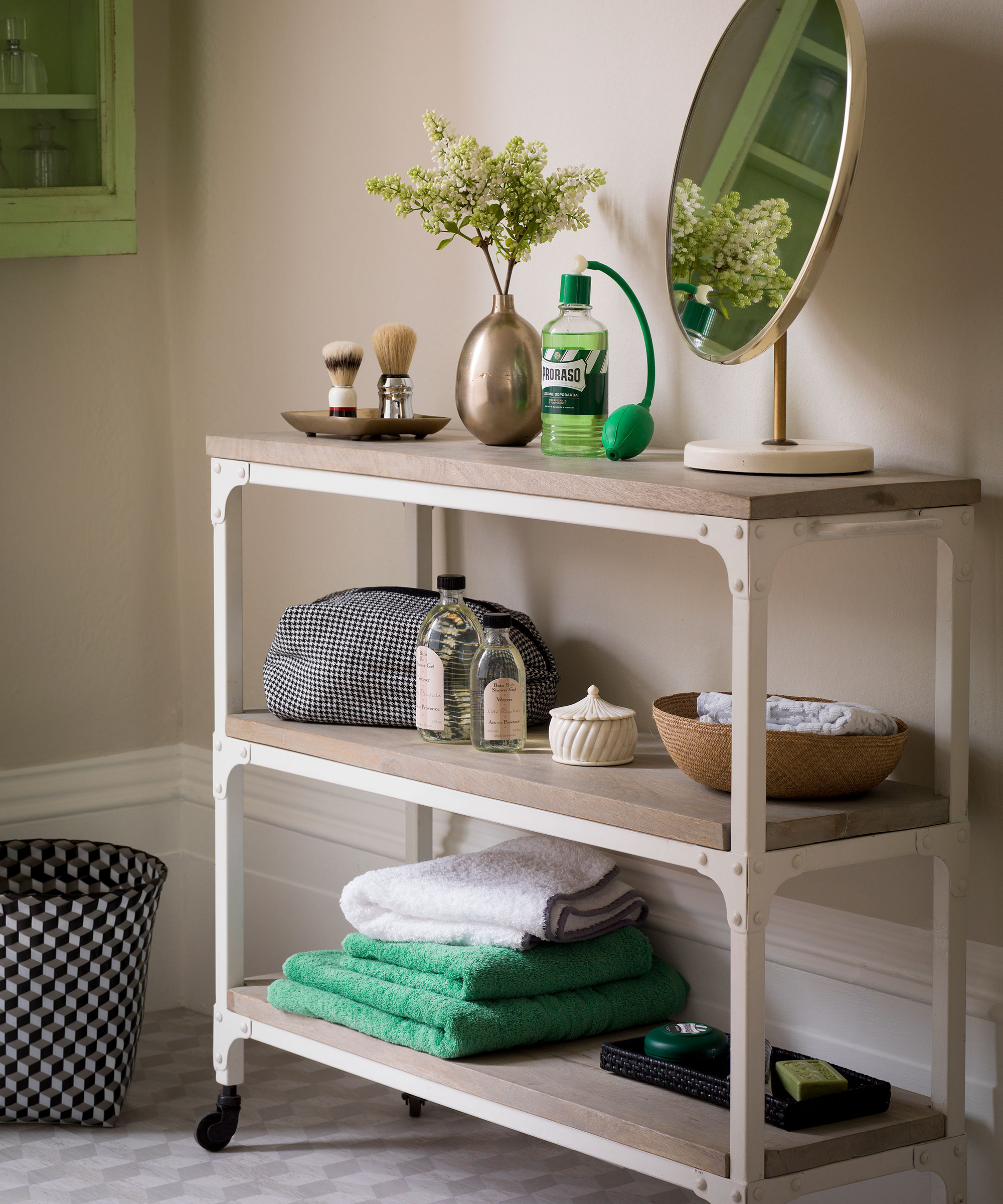
When practicing any degree of minimalism, it is important to work through everything that you own and use products up before you buy any more, says Bonnie Borromeo Tomlinson, professional home organizer and author of Stop Buying Bins, available at Amazon.
‘I call this “Shop from your Stock” and it is as the name suggests. If you have a need for something, before you run to the store to buy it, find it in your home. Out of shampoo? Check your linen closet for any that have gotten pushed to the back. Or use the travel-sized samples you took from your last hotel stay. Add it to the larger shopping list for when you have given your own stock a good search.
Design expertise in your inbox – from inspiring decorating ideas and beautiful celebrity homes to practical gardening advice and shopping round-ups.
‘Apply this to any item you think you need immediately. By doing this you limit your opportunities to overshop and clutter up your home.’
Living this way can also help to free up some home storage space, providing you with more storage space.
2. Only replacing, never stocking up
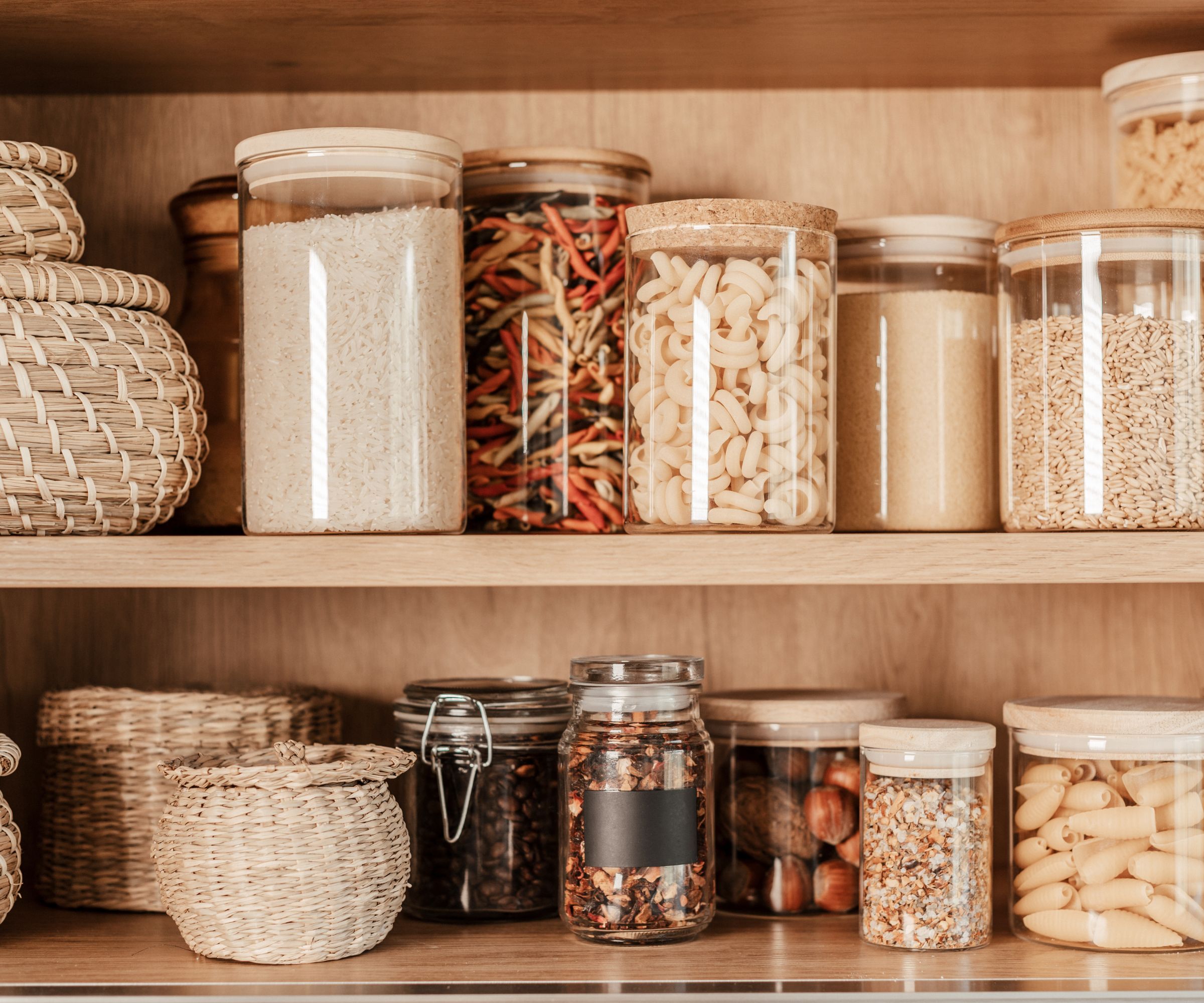
Once you have worked through your household stocks, then it is important to not immediately replace everything you worked through, Bonnie Tomlinson, professional organizer continues.
‘If you want to go shopping for something, replace it instead of doubling up,’ she begins. ‘I'll explain with a story. Every time my daughter wants to go shopping for new clothes, she goes through the ones she has and presents me with a bag of castoffs ready for the thrift store. Now she not only pares down what she is no longer wearing, but she stays consistent with the space in her closet.
‘The general rule in our house is two out for one in, but one for one works too – such as when you run out of body wash or similar.’
This approach to decluttering is perfect if you are faced with organizing small spaces, such as organizing a small bedroom with not enough storage or organizing a living room with no storage.
3. Cutting back on furniture

Of course, minimalists don’t live without any furniture (that would be impossible) but many of them do cut back on how many pieces they have, and how large they are – especially when it comes to items you can hide clutter in to help with the decluttering process.
‘When professional stagers prepare a home for sale, they first remove 80 percent of the homeowner’s furniture. Next, they replace select pieces with smaller versions. Home stagers understand that using fewer, smaller pieces makes homes feel bigger. If you find yourself constantly side-stepping end tables, floor lamps, and armchairs, you may have too much furniture,’ says Stephanie Seferian, a fervent minimalist, podcast host, and author of Sustainable Minimalism, available on Amazon. ‘Consider donating or selling the excess,’ she recommends.

Stephanie Seferian believes that minimalism is the key to living a more laid-back life (even with children) and helping to save our planet through sustainability. A former teacher, she now hosts a sustainable minimalist podcast where she educates others about the benefits of minimalism, and how to make those plans a reality.
4. Working in 20-minute chunks
A far more relaxed approach to minimalist decluttering, working in 20-minute chunks is great for those of us just starting out on decluttering, and people whose homes are already pared-back, but need a little TLC.
‘I love to set a 20-minute timer, focus on one area or category, and sort through items being honest when asking questions such as: Is this item adding value or taking away from my life? How do I feel about this item? Does this item represent who I am becoming?’ says Theresa Russell, home organizer, therapist, and founder of Homegirl Space.
When working in a shorter time frame, it can help to work through a preplanned decluttering checklist to make sure you stay on task and make the most of the minutes, so as not to end up in a worse position clutter-wise than you started.
All-in-One Declutter Planner | $3.92 at Etsy
This printable decluttering planner is all you need to help tackle your home's mess without missing a step. It is perfect for both keeping on top of your belongings and starting off on your first big clearout.

Theresa Russell is an intentional home organizer, marriage family therapist, and energy healer. As the Founder + CEO of Home and Heal, she works with purpose-driven women to release mental and physical clutter to create an energetically aligned and organized life.
5. Focusing efforts on decor collections

Home decor ideas can make or break a home, but when it comes to minimalism it often breaks it, says Stephanie Seferian – even when you try to use it somewhat intentionally.
‘Back before I described myself as a sustainable minimalist, my husband and I traveled often. I found myself in the habit of bringing home a teapot from each of the various countries we visited to memorialize each vacation. But as the number of trips we embarked on increased, I found myself in possession of more and more exotic teapots. I realized that, while my teapots were individually beautiful, they were an inconsistent, mismatched mess when displayed together.
‘When you exhibit too many of something, each item competes for attention. You never actually see any of the individual items in the collection, either; you tend to only view the collection as a whole. This problem can easily be solved by displaying less,’ she shares. ‘Consider rotating the pieces in your collection every few months. Doing so will empower the items on display to rise to the forefront and garner the attention they deserve.’
If the idea of letting go of items like this fills you with dread, it may be that minimalism isn't quite for you, and an alternative way of dealing with decorative clutter – such as the clustering trend, may be better suited.
6. Following the 90-day rule
If you are someone who likes to hold onto belongings ‘just in case’, then it can be helpful to set yourself some strict rules you have to follow, suggests Millie Hurst, Solved section editor for Homes & Gardens.
‘The 90-day rule is a strict process followed by some minimalists who will get rid of any item in their home they have not used in the last 90 days, and will not use in the next 90. For instance, if you are coming to the end of the winter months and have not touched certain hats and scarves, you won't be using them in the coming spring and summer months, so they need to go.
‘This method needs some good planning, but it can be effective once you get the hang of it,’ she says. ‘It is a really good way to discover what to get rid of for a minimalist family room, or things to get rid of for a minimalist entryway without getting rid of things you’ll later regret.’

Millie Hurst is Section Editor at Homes & Gardens, overseeing the Solved section, which provides readers with practical advice for their homes. Millie has written about and tried out countless decluttering and tidying methods in the six years since she became a journalist – including the 30-day minimalism game – and has worked in both London and New York.
7. Pretending to prepare to move home
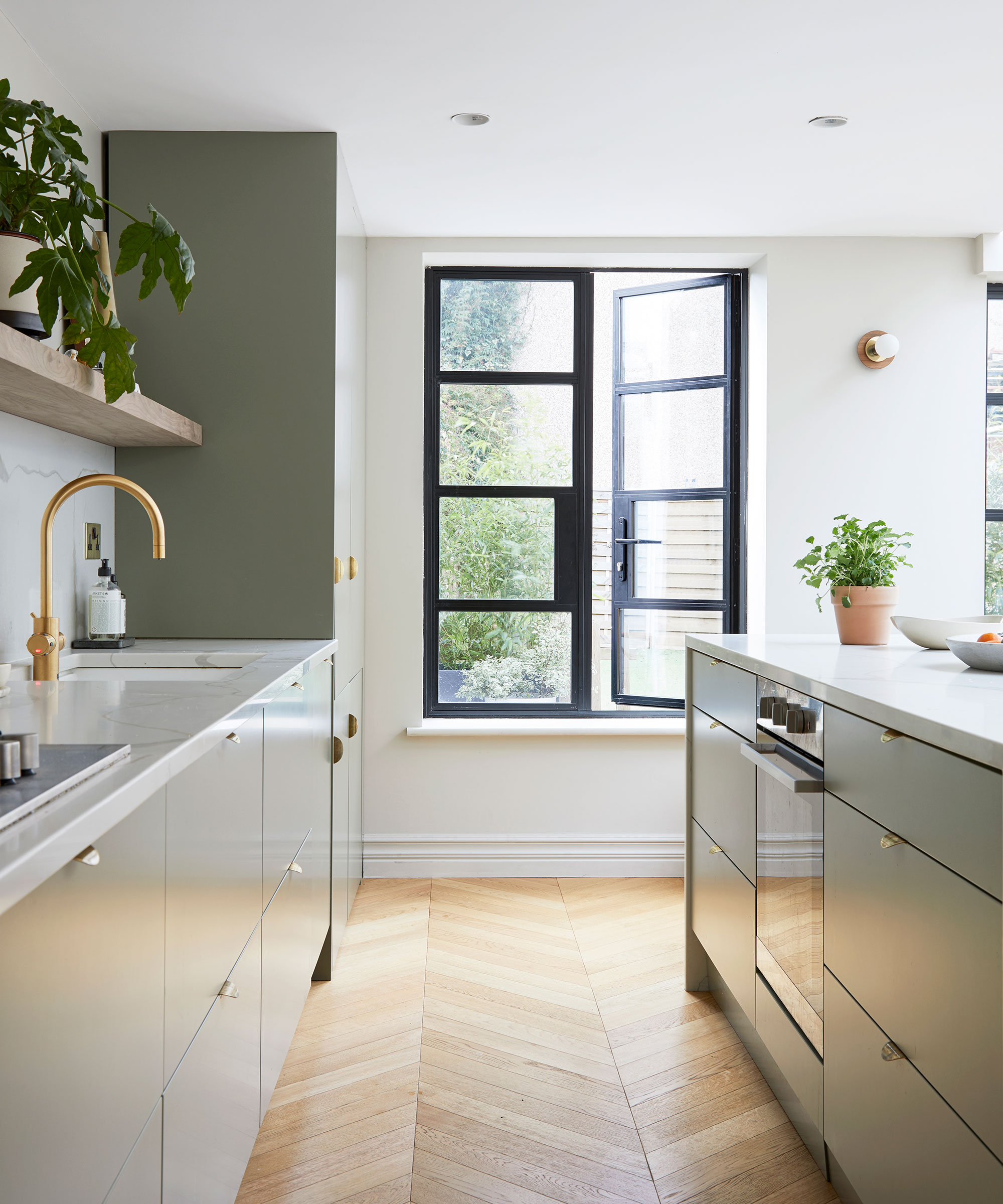
If you have ever moved home before, then you will know how important it is to declutter and use a moving house checklist to make the switch run smoothly. If you really want to cut back on your unnecessary belongings, acting as if you are about to make a cross-country move is a great, albeit intense, way to do so, says Erica Thompson, a professional organizer at Organized By Design.
‘Put yourself in the mindset that you are moving soon and ask yourself these questions:
- What would I get rid of if I needed to move?
- Are there kitchen shelves and appliances I have ignored?
- Are there clothes in my closet that no longer fit, are out of style, or do not match my current lifestyle that can be donated?
- Check your bathroom for expired products – you don’t want to 'pack' old medicine and makeup and haul it to your new home, do you?
- Have I accumulated too much of anything that needs to go?
‘It is extreme, but works!’
FAQs
Are minimalists happier?
Minimalism can certainly make some people happier as their spaces are clean and tidy, and they don't have to worry about clutter or decision fatigue. That being said, the extreme lifestyle is not for everyone and it can be overwhelming to those of us that enjoy being surrounded by home comforts. It might be that you adopt some of the principles of minimalism, such as being aware of what you purchase and not obsessing over material possessions for happiness for good balance, while still having plenty of decorative pieces on display.
What is the paradox of minimalism?
Minimalism has been seen to be somewhat paradoxical. The idea is that the less you own, the happier you feel as you appreciate your few belongings more than when you have everything and treat it as expendable. This is not how everyone’s brains work, however, so should be taken with a pinch of salt.
Striving for minimalism is a big life change, and involves dramatically switching up the way you think about what you own. That being said, it is a great home-organizing idea if you find yourself decluttering when overwhelmed frequently, and is one of the worst-kept home-organizing secrets that professionals love to help people appreciate their belongings a little more.

Chiana has been at Homes & Gardens for two years and is our resident 'queen' of non-toxic living. She spends most of her time producing content for the Solved section of the website, helping readers get the most out of their homes through clever decluttering, cleaning, and tidying tips. She was named one of Fixr's top home improvement journalists in 2024.
